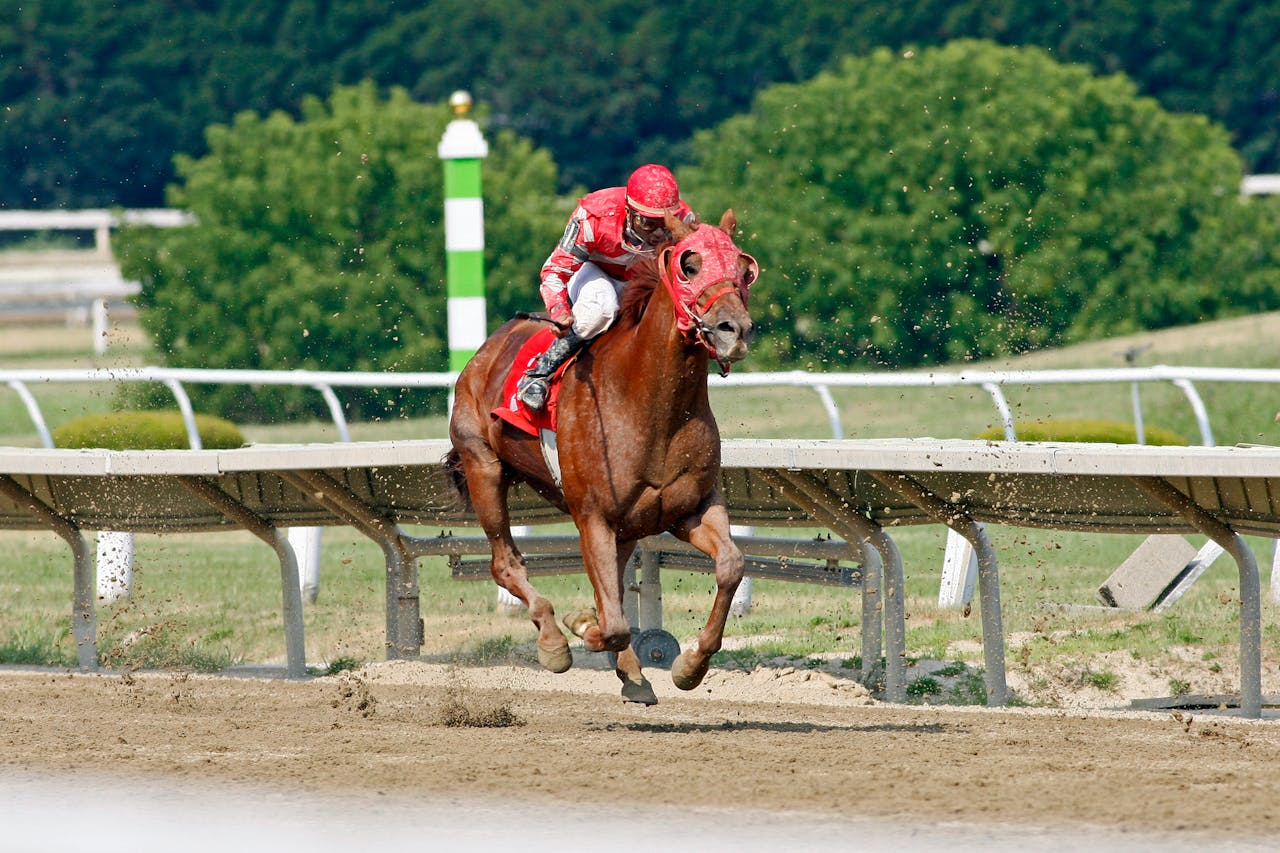Who would have thought that horses would join the tech conversation, but here we are. Gone are the days when stable management meant just hay bales, handwriting feeding logs, and the legendary trainer’s “gut feeling”.
Believe it or not, we’ve entered an era of smart stables, where we have sensors, wearable tech, and even algorithms that are as important as saddles and spurs. Yes, I know it sounds weird, but that’s the reality of the equine industry, and most importantly, this is very good news for the horses.
Stable management nowadays has a much more thorough approach, and it uses technological solutions that make everyday tasks easier. Not only that, but technology also helps us understand our equine friends better, which leads to better treatment and care.
This inspired us to go on a search and dig a bit deeper into technological innovations that are used in stables. We’ll go through IoT and machine learning, just to see how this technology impacts running a stable.
What the Heck Is a Smart Stable, Anyway?
At first glance, the word “smart” doesn’t really go well with the word “stable”, right? But that has become a reality in the equine industry. But what does it mean? Well, it is very similar to the smartwatch you are probably wearing right now. It doesn’t just tell you what time it is; it tells you your pulse, how well you slept, how stressed you are, and whether or not you should lay off the energy drinks.
Well, we have the same thing, but only with horses. Today’s modern stables are packed with technology that is used mainly to make our lives easier through automation and IoT, but also for better understanding horses and to have data-based analysis.
That’s why today’s modern stables have a mix of Internet of Things (IoT) devices, sensors, cameras, smart feeders, and devices designed to track a horse’s health, movement, and behavior in real time.
Most of this technology is combined with machine learning, which means that collecting data is one of the most valuable resources for stable managers. Why? Well, it leads to better and more proactive decisions further on.
What’s Being Used in the Stables
Let’s dig deeper and find out what type of technology is used in the stables, and how they earn their “smart” nickname.
Well, it all starts with wearable sensors, which are almost mandatory in today’s world. There are all kinds of sensors available today. Some are strapped to the girth or halter, and some are embedded onto blankets. But they all serve the same purpose. They are there to track vitals like heart rate, respiration, temperature, and even motion symmetry.
The best thing is that they are very accurate and can even predict injuries. So, if a horse has a limp coming on, the system might catch it before your eyes do.
Then we have smart halters and collars, which are kind of smartwatches for horses. They are mainly used to monitor the horse’s stress levels.
Some high-end stables even have thermal imaging cameras, which are mounted on handheld devices, and can detect inflammation before it becomes visible.
Lastly, we have technology that makes our lives easier. Things like automated feeding systems, water sprinklers, airflow circulation, all connected to a wireless network, talking to each other through IoT.
Where Machine Learning Rides In
Here’s where things get spooky-smart.
All that data, collected 24/7 from wearables, stalls, and training sessions, feeds into systems that use machine learning to spot patterns, make predictions, and suggest interventions.
Let’s say a horse’s stride shortens slightly in the left hand over several days. A human might miss it. A machine trained on thousands of hours of gait data. It’ll flag it immediately, based on subtle inconsistencies.
This is already a standard in modern Thoroughbred stables, where they train racehorses that are worth quite a lot of money. The goal here is to reduce the risk of injury through technology and data.
You wouldn’t want to find out that the horse you’ve placed your money on ends up last due to an injury, right? Even the horse racing betting industry is infused with technology, as we already have things like the TwinSpires horse betting payout calculator and other technologies that make the process easier.
Even more impressive, these systems can begin to predict:
- When a horse is likely to be at peak performance
- Early signs of health issues (like respiratory trouble or impending lameness)
- How to personalize training for each individual horse based on recovery rates, movement tendencies, or stress indicators
This isn’t replacing human trainers, it’s amplifying them. Trainers can now spend less time guessing and more time fine-tuning. And in a sport where seconds (and soundness) count, that’s a massive edge.
But… Is It Too Much Tech?
Some traditionalists are skeptical, and that’s fair. Horses aren’t machines—they’re animals. Sensitive, emotional, and not always programmable.
Can data replace a trainer’s gut instinct or a groom’s daily bond with a horse? No. And it shouldn’t.
But what this tech does is provide another layer of awareness. A second set of eyes, ears, and (digital) nerves. And when used right, it’s not about removing the human touch—it’s about enhancing it. Smart stables aren’t here to turn barns into sci-fi labs. They’re here to make sure no warning signs get missed, no injuries sneak up, and every horse gets the individual care it deserves.

